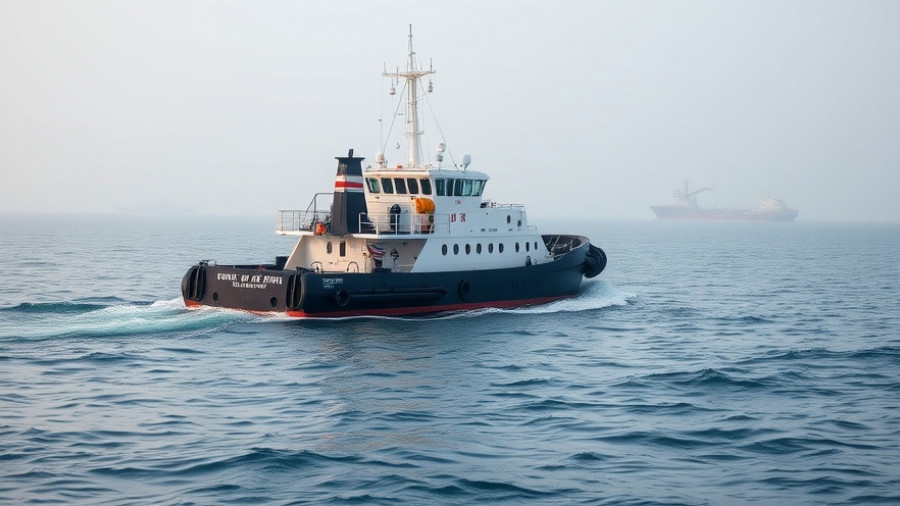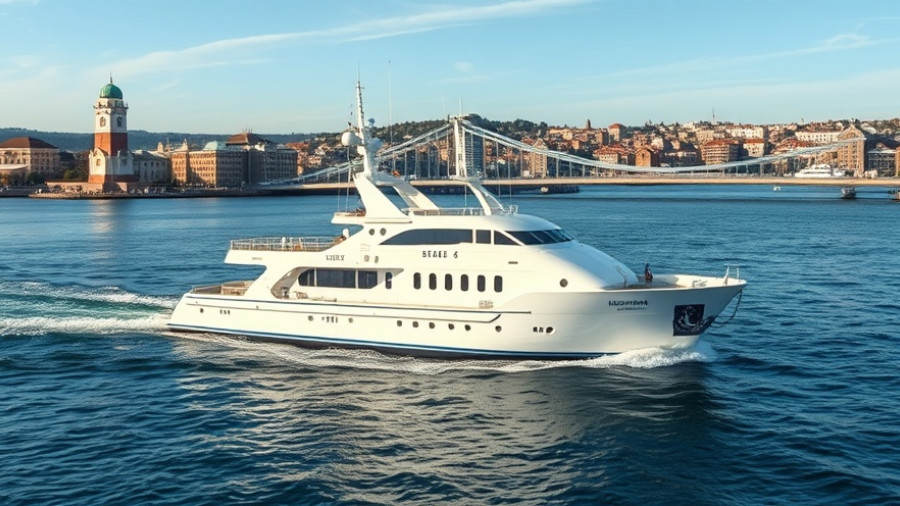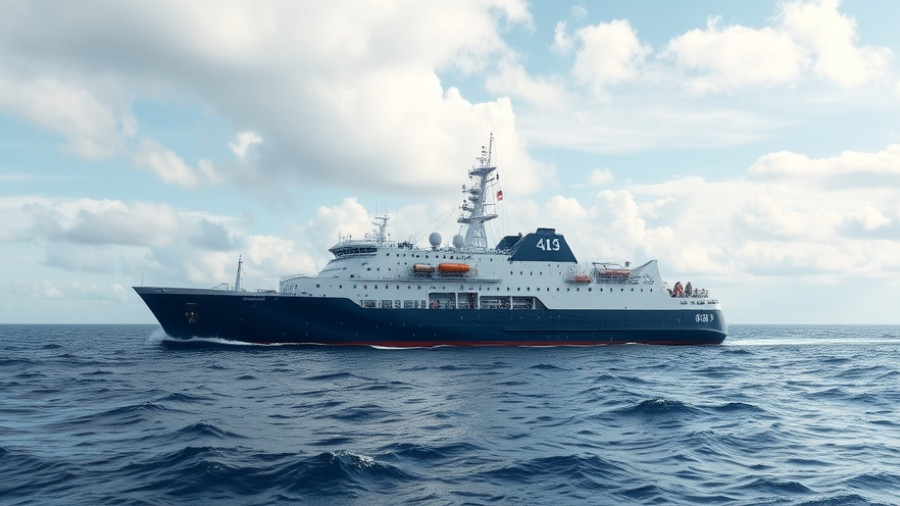
Strengthening Borders: Australia and PNG Collaborate
In a significant move towards enhancing regional security, Australia and Papua New Guinea (PNG) have successfully completed their latest Joint Cross Border Patrol, executed from September 22 to 27, 2025. The operation brought together officers from the Australian Border Force (ABF), Australian Federal Police, Queensland Police Service, and PNG authorities. Their mission: to safeguard their waters and communities against threats such as drug trafficking, people smuggling, and illegal fishing.
A Historic Partnership
The collaborative effort is not just a current initiative but part of a long-standing partnership that dates back to 1997. The evolution of these joint patrols showcases the enduring relationships built on trust and shared interests in maintaining peace and stability within the Torres Strait region. ABF Assistant Commissioner James Copeman stated that such operations strengthen community bonds and bolster local governance, crucial in this unique maritime environment.
The Wider Implications: A Geopolitical Context
As both nations work together to secure their borders, their collaboration comes against a backdrop of increasing geopolitical tensions in the region, particularly concerning China’s expansionist policies. Recently, Australia has entered a key defense pact with PNG that gives them access to each other's military facilities, emphasizing their alliance as a counterweight to Chinese influence in the Pacific, according to a report by the BBC.
This security agreement allows Papua New Guineans to enlist in the Australian military while also ensuring closer cooperation in shared defense capabilities. Such strategic alignments are crucial in mitigating the risk posed by transnational criminal activities and foreign encroachment.
Community Engagement: The Heart of Patrols
Part of the patrol efforts included community information activities, which promote the ABF's Border Watch program. This initiative encourages local residents to report suspicious activities, leading to operational successes and fostering trust between the authorities and community members. PNG Immigration and Citizenship Services Authority Chief Migration Officer Wellington Navasivu highlighted the importance of community collaboration in ensuring safety across their borders.
Tools and Techniques: Modernizing Patrol Operations
The joint efforts are supported by advanced maritime technology, including Cape-Class Patrol Boats, fast-response vessels, and surveillance aircraft. These resources enable both Australian and PNG forces to respond quickly and efficiently to any illegal activities or emergencies in the Torres Strait. The collaboration also integrates locally recruited Border Monitoring Officers to enhance operational effectiveness and community involvement.
Looking Ahead: Sustainability and Security
As Australia and PNG solidify their cooperative efforts, the future of the Torres Strait looks promising. However, ongoing assessments and adaptations will be necessary to combat emerging threats effectively and to ensure the sustainability of their partnership. Furthermore, as highlighted in the defensive agreements, Australia’s commitment to improving the security and infrastructure of Pacific nations helps stabilize regional relations.
Conclusion: The Promising Path Forward
This initiative by Australia and PNG is a clear testament to the enduring significance of cross-border collaboration. As they stand united against common threats, their shared missions underscore the importance of regional stability for both nations. Future patrols will depend on continuous engagement and adaptation, ensuring these alliances remain robust and effective.
In light of these developments, it's crucial for regional partners and stakeholders to remain informed and engaged in discussions about maritime security and collaboration strategies. Fostering public awareness and participation is vital for reinforcing community-based safety initiatives.
 Add Row
Add Row  Add
Add 




Write A Comment